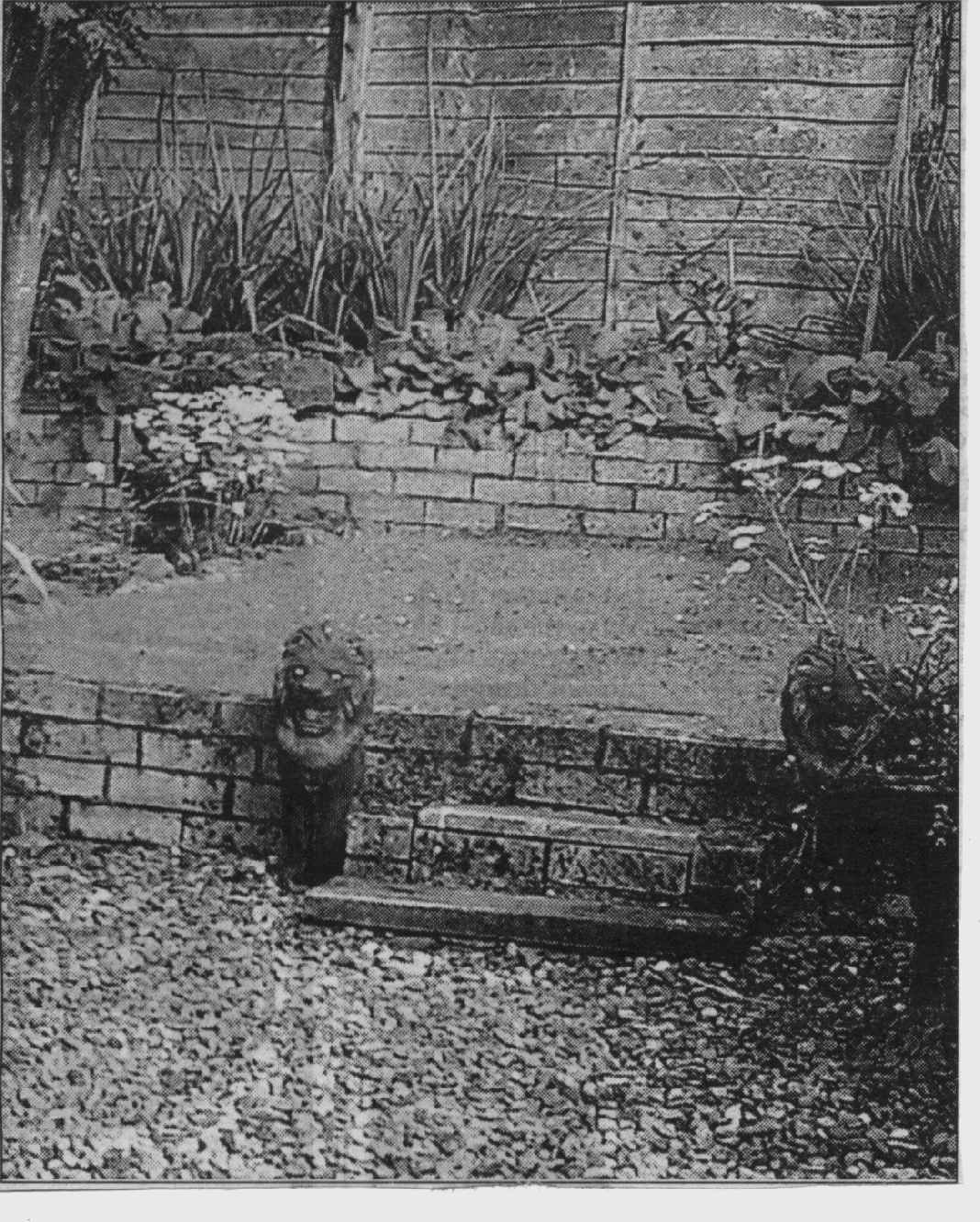
Making the most of your home and garden
Home
News
About SAGS
Sustainability
Web Directory
History and Archives
Other Resources
|
From the Cumbernauld News and Kilsyth Chronicle A perfect garden setting
If you believe everything
you see on the telly, it's easy to But sometimes it pays to get
back to basics. Whether you recently The hardest thing to convince
new gardeners of is the need for patience. But these gardens are doomed to failure. The plants wither and would-be gardeners become convinced that they lack some secret knowledge or skill. A few hours of planning and
preparation will make all the difference Don't buy plants before you've
given some thought to the conditions The three main things you have
to look at are sunlight, composition of Plants that require 'full sun'
will need at least six hours of direct sunlight If you plant under large trees, your crops will
only get mottled sunlight. If you Next you will need to work out
what type of soil you have. The three main Sand has the largest particles
and clay has the smallest, silt particles are To see what type of soil you
have, dig a few holes and take some The best way to fix bad soil
is to add organic matter. If your soil is high The weather in the area where
you live has a bearing on the amount of If your garden is at the bottom
of a hill, the soil might be wet for long If your garden is very dry,
don't assume you'll be able to fix the problem If you work out your garden
type and its limitations, and then accept it |
